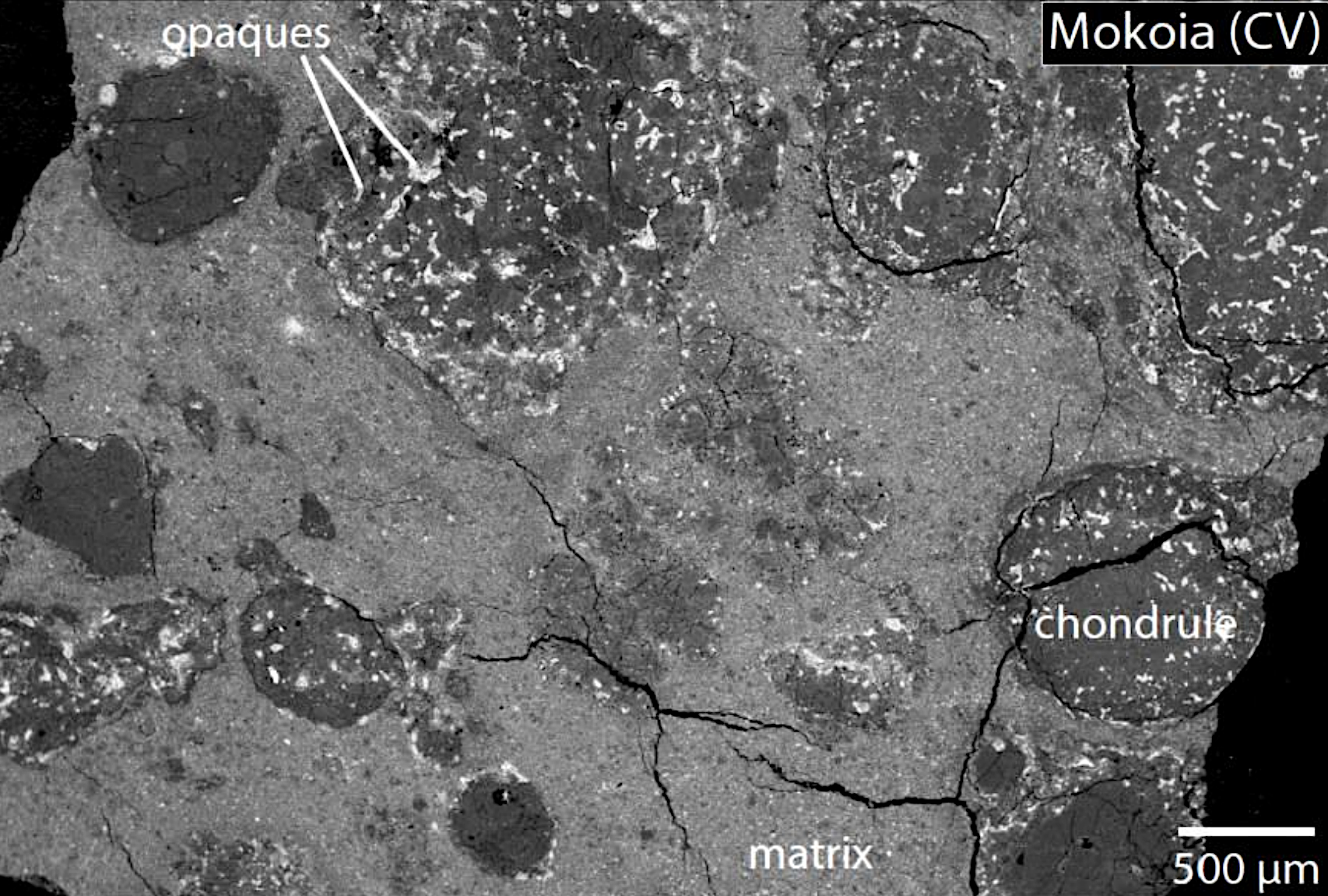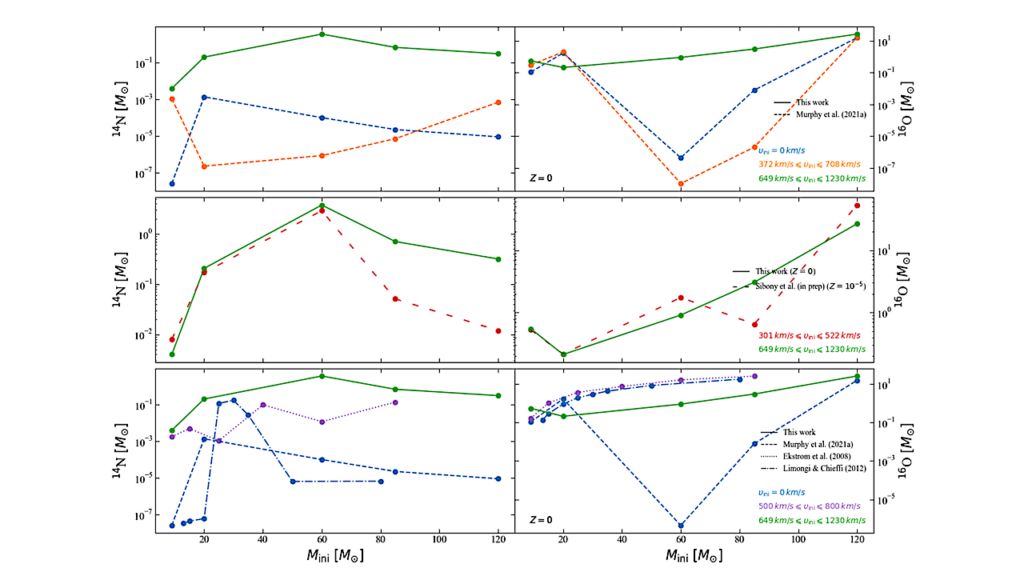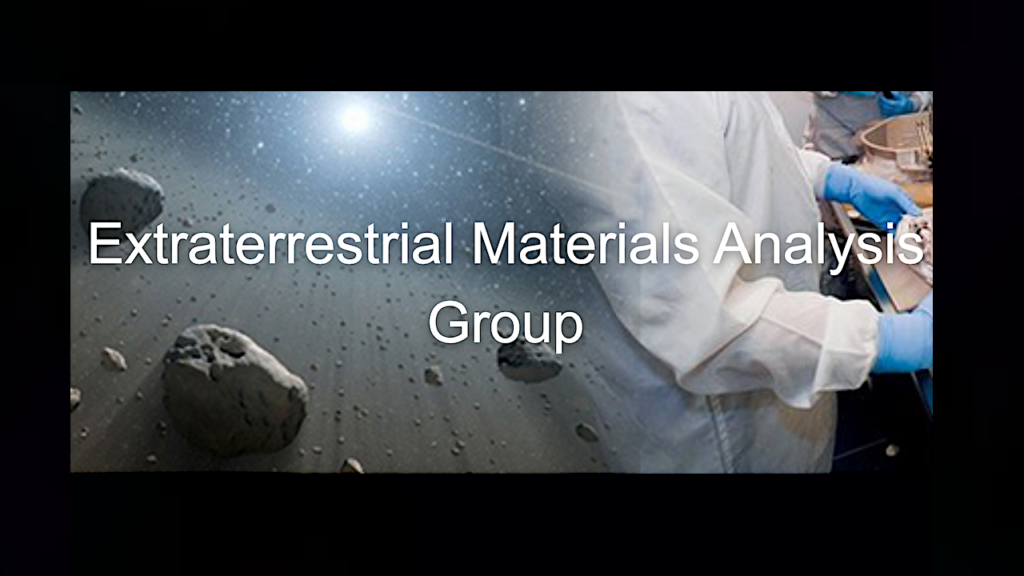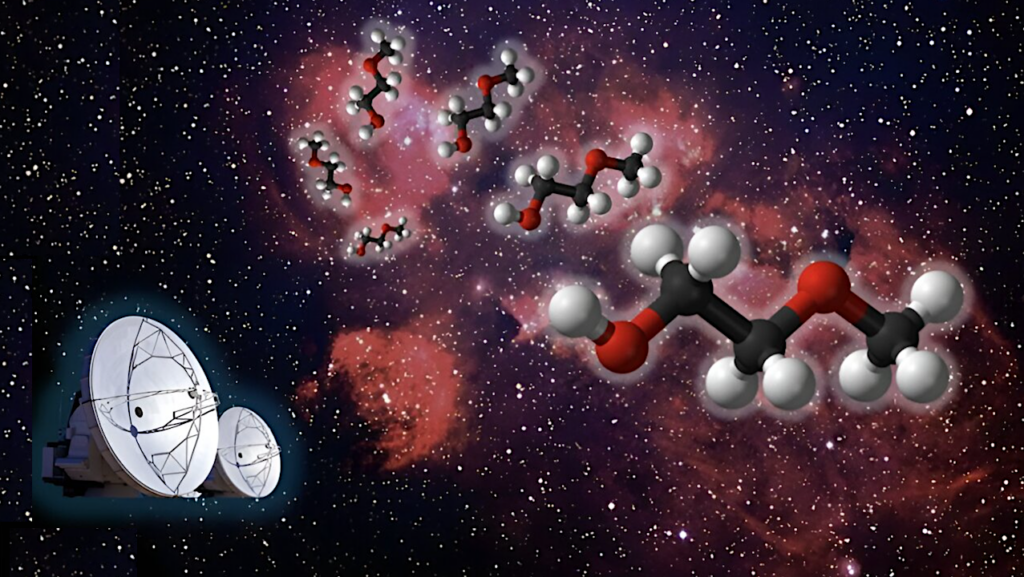The Origin Of Chondrules: Constraints From Matrix-Chondrule Complementarity

One of the major unresolved problems in cosmochemistry is the origin of chondrules, once molten, spherical silicate droplets with diameters of 0.2 to 2 mm.
Chondrules are an essential component of primitive meteorites and perhaps of all early solar system materials including the terrestrial planets. Numerous hypotheses have been proposed for their origin. Many carbonaceous chondrites are composed of about equal amounts of chondrules and fine-grained matrix.
Recent data confirm that matrix in carbonaceous chondrites has high Si/Mg and Fe/Mg ratios when compared to bulk carbonaceous chondrites with solar abundance ratios. Chondrules have the opposite signature, low Si/Mg and Fe/Mg ratios. In some carbonaceous chondrites chondrules have low Al/Ti ratios, matrix has the opposite signature and the bulk is chondritic.
It is shown in detail that these complementary relationships cannot have evolved on the parent asteroid(s) of carbonaceous chondrites. They reflect preaccretionary processes. Both chondrules and matrix must have formed from a single, solar-like reservoir. Consequences of complementarity for chondrule formation models are discussed. An independent origin and/or random mixing of chondrules and matrix can be excluded.
Hence, complementarity is a strong constraint for all astrophysical-cosmochemical models of chondrule formation. Although chondrules and matrix formed from a single reservoir, the chondrule-matrix system was open to the addition of oxygen and other gaseous components.
Herbert Palme, Dominik C. Hezel, Denton S. Ebel
Comments: 27 pages, 8 figures, with supplemental tables
Subjects: Earth and Planetary Astrophysics (astro-ph.EP); Geophysics (physics.geo-ph)
Cite as: arXiv:2307.02017 [astro-ph.EP] (or arXiv:2307.02017v1 [astro-ph.EP] for this version)
Journal reference: Earth and Planetary Science Letters 411, 11-19 (2015)
Related DOI:
https://doi.org/10.1016/j.epsl.2014.11.033
Focus to learn more
Submission history
From: Denton Ebel
[v1] Wed, 5 Jul 2023 04:13:05 UTC (1,049 KB)
https://arxiv.org/abs/2307.02017
Astrobiology, Astrochemistry








